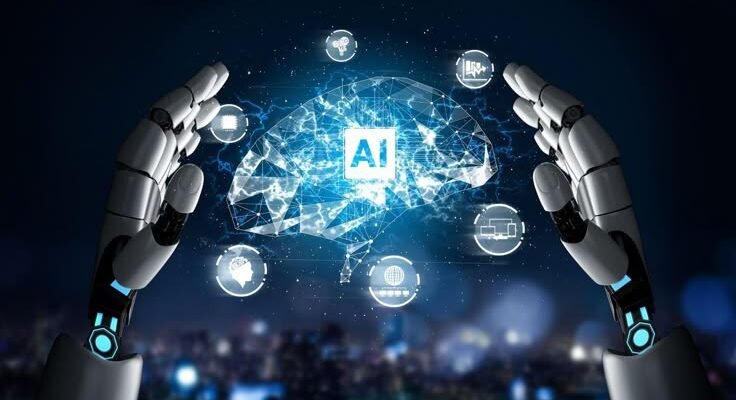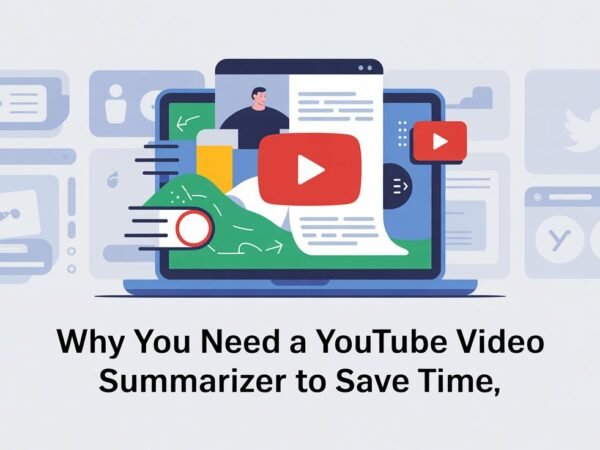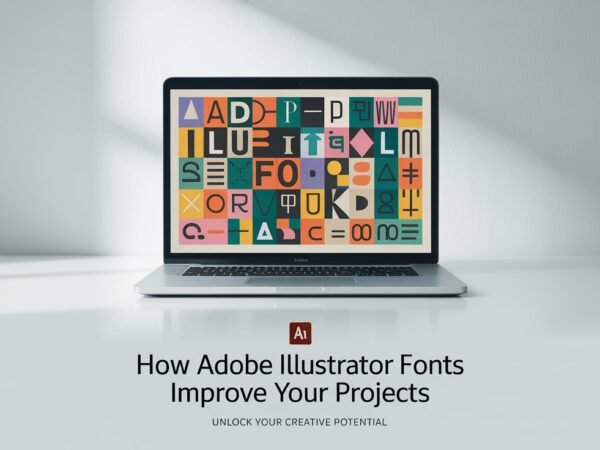As technology continues to merge with artistic expression, a new realm of creativity is emerging—one that’s both captivating and deeply unsettling. AI-generated horror art is rapidly becoming a distinct niche, where digital algorithms produce haunting and surreal imagery that speaks directly to our most primal fears. Among these eerie creations, one particular theme stands out for its ability to provoke intense discomfort: the portrayal of IV needles.
IV needles have long been a symbol of vulnerability and pain, tapping into the deep-seated fear of medical procedures that many people experience. When this familiar object is transformed by AI into nightmarish depictions, it not only heightens our anxieties but also challenges our understanding of what fear can look like in a world where technology is increasingly responsible for creating art. Let’s explore why AI-generated depictions of IV needles are so profoundly disturbing and how they reflect our collective anxieties about medicine, technology, and the human body.
The Fear of Needles: A Universal Anxiety
The fear of needles is one of the most widespread phobias, with millions of people experiencing intense anxiety at the sight of syringes, blood draws, or IV needles. This fear, known as trypanophobia, stems from a combination of factors, including the anticipation of pain, the loss of control over one’s body, and the association of needles with illness or injury. IV needles, in particular, represent an invasive medical procedure that involves a prolonged connection to tubes and machinery, making the experience feel more daunting.
In horror, IV needles become even more than a medical tool—they are symbolic of human frailty, powerlessness, and the fear of bodily intrusion. AI-generated horror art takes these symbols and distorts them in ways that challenge the viewer’s perception of reality, magnifying the terror associated with something so familiar yet so feared.
How AI Generates Horror
AI-generated horror art is created using deep learning algorithms, which process vast amounts of data, including images, concepts, and artistic styles, to generate new visual content. Through this process, AI learns how to mimic human creativity, producing artworks that can range from beautiful and abstract to grotesque and terrifying. What makes AI particularly interesting in the realm of horror is its ability to create images without the emotional limitations or filters that human artists naturally apply.
An AI doesn’t “feel” fear, empathy, or discomfort—it simply analyzes patterns and associations to generate its output. This lack of emotion can make AI-generated horror art feel especially cold and detached, which amplifies its unsettling effect. In the case of IV needles, AI often distorts and exaggerates these objects, placing them in surreal, organic, or even grotesque contexts that challenge our understanding of the human body and medical procedures.
IV Needles in AI Horror: The Symbolism of Medical Invasion
Medical horror has always been a potent subgenre, and for good reason. Hospitals, doctors, and medical instruments represent both life-saving care and potential threats to our physical well-being. The idea of a trusted medical device—like an IV needle—being transformed into an object of terror taps into our fears about what can go wrong in the medical world.
AI art that focuses on IV needles often portrays them in exaggerated or surreal ways, distorting their appearance to evoke feelings of pain, discomfort, and helplessness. For example, an AI-generated image might depict IV needles with grotesquely long, twisted tubing or multiple needles inserted into a patient’s arm in unnatural patterns. These artistic decisions reflect our deep-rooted anxieties about medical procedures and the fear of losing autonomy over our bodies in a clinical setting.
Moreover, AI horror plays on the symbolic nature of needles as a bridge between life and death. While an IV needle can deliver life-saving fluids or medications, it also connects the patient to machines and medical systems, representing the thin line between survival and dependency. In a horror context, this connection is twisted into something sinister—an image of an IV needle might suggest entrapment, imprisonment, or even transformation, where the human body becomes little more than a vessel for medical machinery.
The Psychological Impact of AI-Generated Medical Horror
The psychological effect of AI-generated horror, particularly when it involves medical imagery like IV needles, can be profound. For many people, hospitals are already anxiety-inducing environments, filled with sterile equipment and procedures that remind us of our vulnerability. The sight of an IV needle, especially when distorted by AI into something grotesque, magnifies this fear by turning a symbol of healing into a symbol of harm.
Viewers often report feeling a mix of fascination and discomfort when confronted with AI-generated medical horror. On one hand, the images tap into very real fears about pain, injury, and loss of control. On the other hand, the surreal nature of AI art can make these fears feel distant, like a bad dream that’s both familiar and alien at the same time. This tension between reality and fantasy is what makes AI-generated horror so powerful—it challenges our ability to rationalize the image, forcing us to confront our emotions head-on.
Why IV Needles? The Role of Medical Imagery in Horror
The choice of IV needles as a focal point for AI-generated horror art speaks to a broader cultural fear surrounding medicine and the human body. In modern society, we place immense trust in the medical system, but we also fear its failures. Hospitals are spaces where people go to be healed, but they’re also spaces where people confront pain, illness, and death. Medical imagery in horror exploits this duality, reminding us that the tools used to save lives can also be sources of fear.
IV needles, in particular, are effective symbols in this regard because they represent an invasive procedure—an object that literally enters the body and remains connected for an extended period of time. They can be seen as a tether, tying the patient to a clinical system and stripping away a sense of autonomy. In AI horror, these themes are often exaggerated, with needles taking on unnatural proportions or being depicted in ways that suggest control, manipulation, or even transformation of the body.
This theme of bodily invasion resonates on a deep psychological level. We fear losing control of our bodies, and we fear the idea of technology or medical systems having too much power over us. By turning IV needles into symbols of horror, AI art taps into these fears in ways that feel both contemporary and timeless.
The Future of AI-Generated Horror: Endless Possibilities
As AI technology continues to evolve, its potential to create ever more disturbing horror imagery will grow. What’s particularly fascinating about AI-generated horror art is its ability to take something mundane, like an IV needle, and transform it into an object of profound fear. This process of distortion and surrealism allows AI to explore new avenues of horror that may not be as easily accessible to human artists.
The future of AI-generated horror will likely continue to push boundaries, creating images that challenge our understanding of fear and discomfort. Medical imagery, including IV needles, will remain a potent theme, as our relationship with healthcare and technology continues to evolve. The fear of losing control over our own bodies is a timeless human anxiety, and AI’s ability to amplify this fear will ensure that medical horror remains a key component of the genre.
Conclusion
The world of AI-generated horror art offers a unique glimpse into the anxieties of modern society. Through the haunting and distorted imagery of IV needles, these artworks tap into our deepest fears about medicine, technology, and bodily autonomy. As we continue to explore the artistic potential of AI, we may discover that the most unsettling horror lies not in what the machines create, but in the fears they reveal within ourselves.













